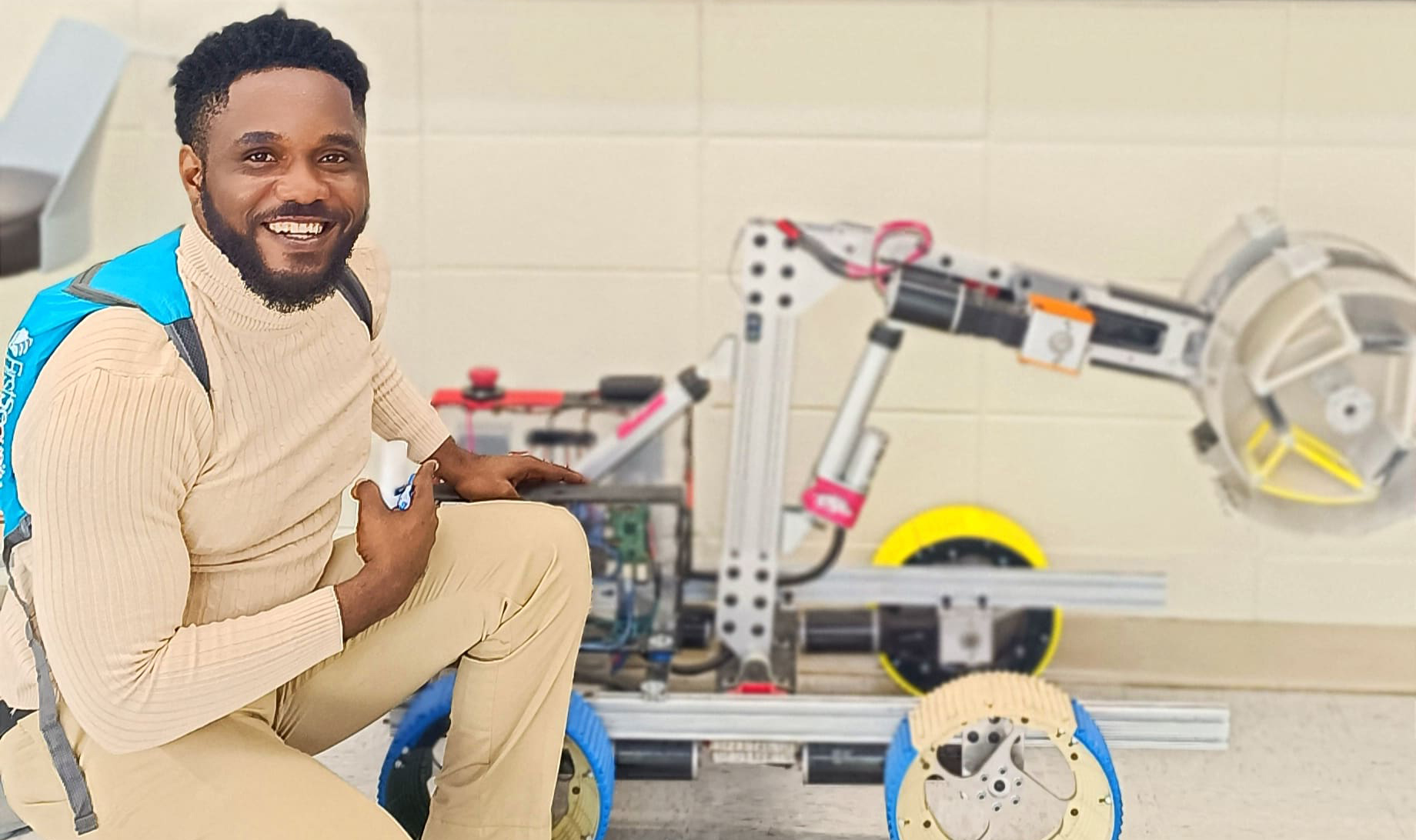1. Initiation: Trying out technology for the first time
Sweet Treats is a small bakery that decides to buy a computer to track its sales. Before this, the owner, Sarah, used a notebook and a calculator. The computer handles basic tasks like keeping a record of daily sales and calculating monthly profits.
- Key moment: Sarah is excited but doesn’t really know how the computer works. It’s just a tool to replace her notebook.
- Challenge: The bakery isn’t using the computer for much beyond simple calculations.
2. Contagion: Technology starts taking over
Business is booming, and Sarah buys more computers for her team. Her employees start using them for everything—inventory tracking, managing orders, creating marketing emails, and even designing a website. But there’s no plan. Everyone uses the computers differently, and nobody tracks how much money they’re spending on software.
- Key moment: The bakery is using a lot of technology, but it’s messy. One day, Sarah realizes her team spent way too much money on unnecessary tools.
- Challenge: Technology is growing out of control, creating confusion and skyrocketing costs.
3. Control: Bringing order to the chaos
Sarah realizes she can’t afford to keep running the bakery like this. She hires an IT consultant, Mark, who centralizes all the systems. Now, instead of everyone using different tools, Mark sets up a shared system for tracking inventory, sales, and marketing. He also sets rules for what software can be purchased.
- Key moment: Mark says, “We’re going to make IT work for us, not against us.” Costs go down, and things become more organized.
- Challenge: Some employees are frustrated by the new rules because they liked using their own tools.
4. Integration: Making everything work together
After things calm down, Mark focuses on connecting all the systems. The website now syncs directly with the inventory system, so when a customer places an order online, the bakery knows exactly how many cupcakes to bake. Sarah can also see detailed reports that combine sales and inventory data.
- Key moment: Sarah says, “I can see how everything in the business fits together now!” Orders are handled faster, and waste goes down.
- Challenge: It takes time and effort to make old systems talk to each other.
5. Data Administration: Treating data as a valuable resource
Sweet Treats is now running smoothly, and Sarah notices how much data the bakery collects—like which cupcakes are most popular and when sales peak. She hires a data analyst, Lily, to help her use this information. Lily discovers that chocolate cupcakes sell best on Fridays, so Sarah starts a Friday discount, boosting profits.
- Key moment: Sarah says, “Our data isn’t just numbers—it’s gold!”
- Challenge: Sarah has to invest in tools and people to manage this growing pile of data.
6. Maturity: Using IT strategically to grow the business
Sweet Treats has become a well-known chain with stores across the country. IT is now at the heart of the business. Sarah’s team uses advanced analytics to predict trends, cloud systems to manage orders nationwide, and an app to let customers place orders directly from their phones. IT isn’t just helping Sweet Treats operate—it’s helping them compete with big brands.
- Key moment: Sarah tells her team, “Technology isn’t just a tool—it’s our secret weapon!”
- Challenge: Staying ahead of the competition by continuously adopting new technology.
Moral of the Story:
Just like Sweet Treats, businesses can go through growing pains with technology. Nolan’s model reminds us to manage IT carefully at each stage:
- Start small (like Sarah in Initiation).
- Avoid chaos (learn from Contagion).
- Get organized (Control).
- Make everything work together (Integration).
- Use data wisely (Data Administration).
- Turn IT into a competitive edge (Maturity).
It’s a journey from “technology as a tool” to “technology as a strategy.”
4o










Leave a Reply